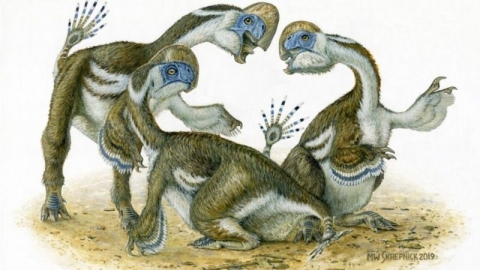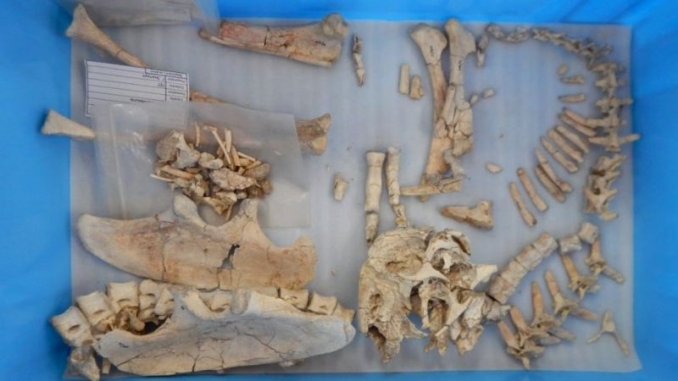Researchers from Scottish University discover new species of toothless dinosaur

Researchers from the University of Edinburgh in Scotland have found multiple skeletons of the species, named Oksoko avarsan. Feathered and with a large toothless beak, the creature dates from about one hundred million years ago. Discovered in the Gobi Desert in Mongolia it had just two fingers on each arm and grew to two metres long. The team said the discovery could help explain how animals lose fingers and toes through evolution. Pointing to an adaptability that enabled the animals to spread during the Late Cretaceous Period (100.5–66 million years ago).
The study into the dinosaur, which also involved researchers from the University of Alberta and Philip J Currie Dinosaur Museum in Canada, Hokkaido University in Japan, and the Mongolian Academy of Sciences, has been published in the journal Royal Society Open Science. It was funded by The Royal Society and the Natural Sciences and Engineering Council of Canada. Some people have, perhaps unkindly, suggested that another example of toothless dinosaur could be found closer to home; 10 Downing Street home of the present British Prime Minister for example.
Image above: Courtesy of Michael W. Skrepnick, Canadian palaeoartist best known for his illustrations of prehistoric animals. Image below: Courtesy of University of Edinburgh. Skeletons of new species of dinosaur Oksovo avarsan.






